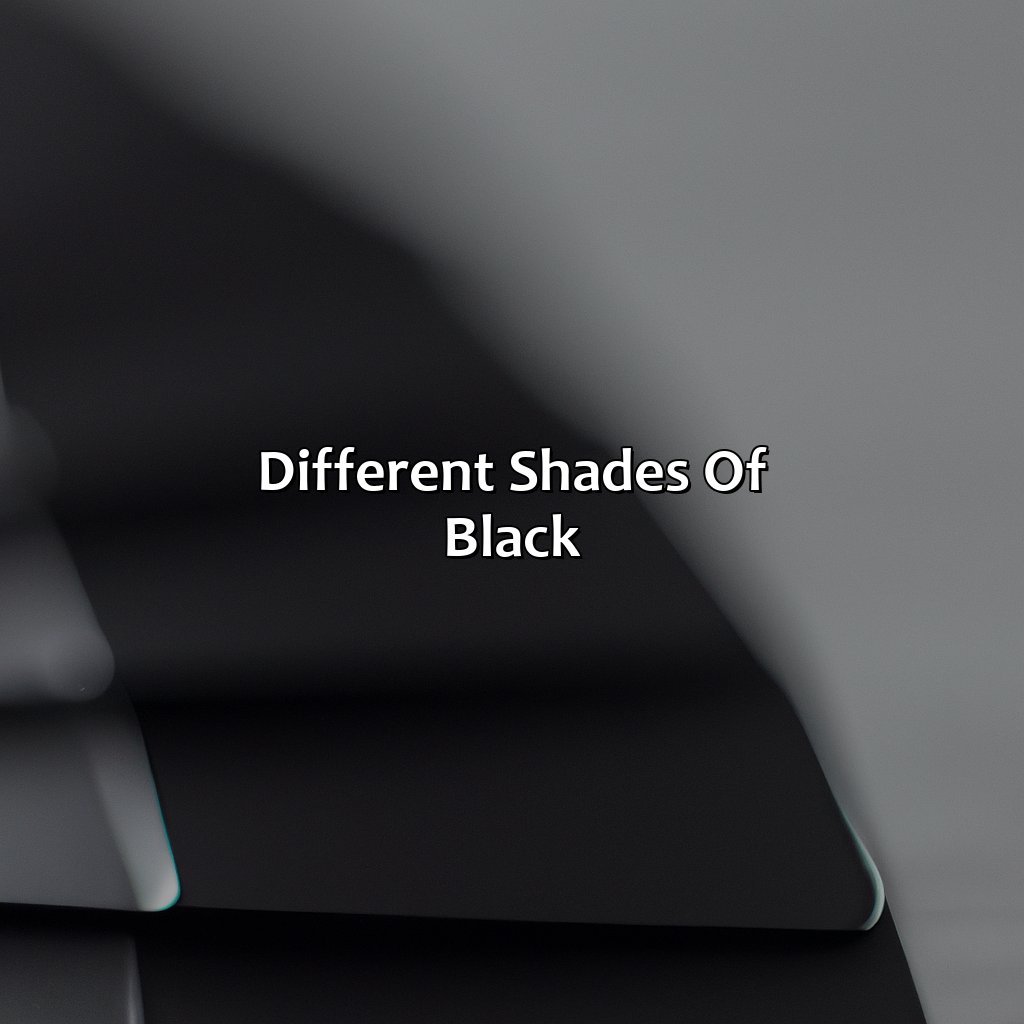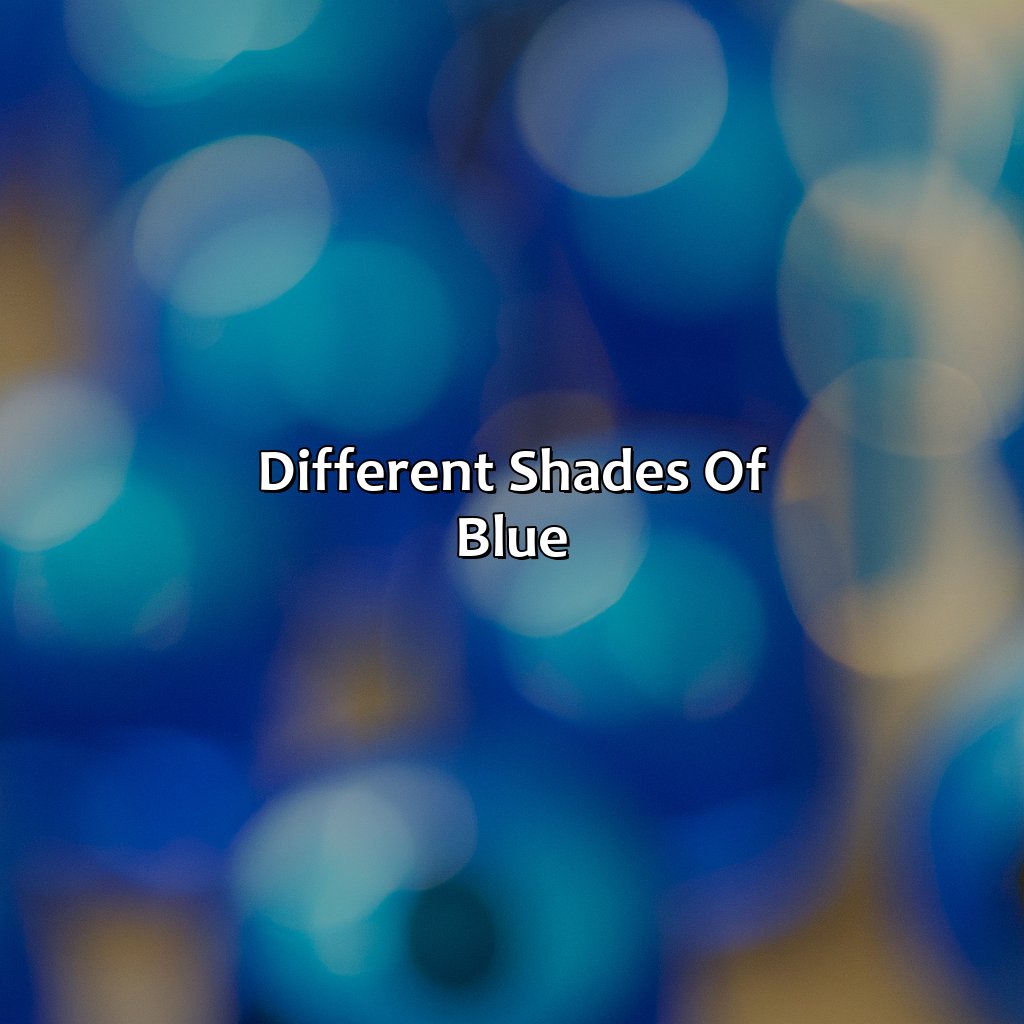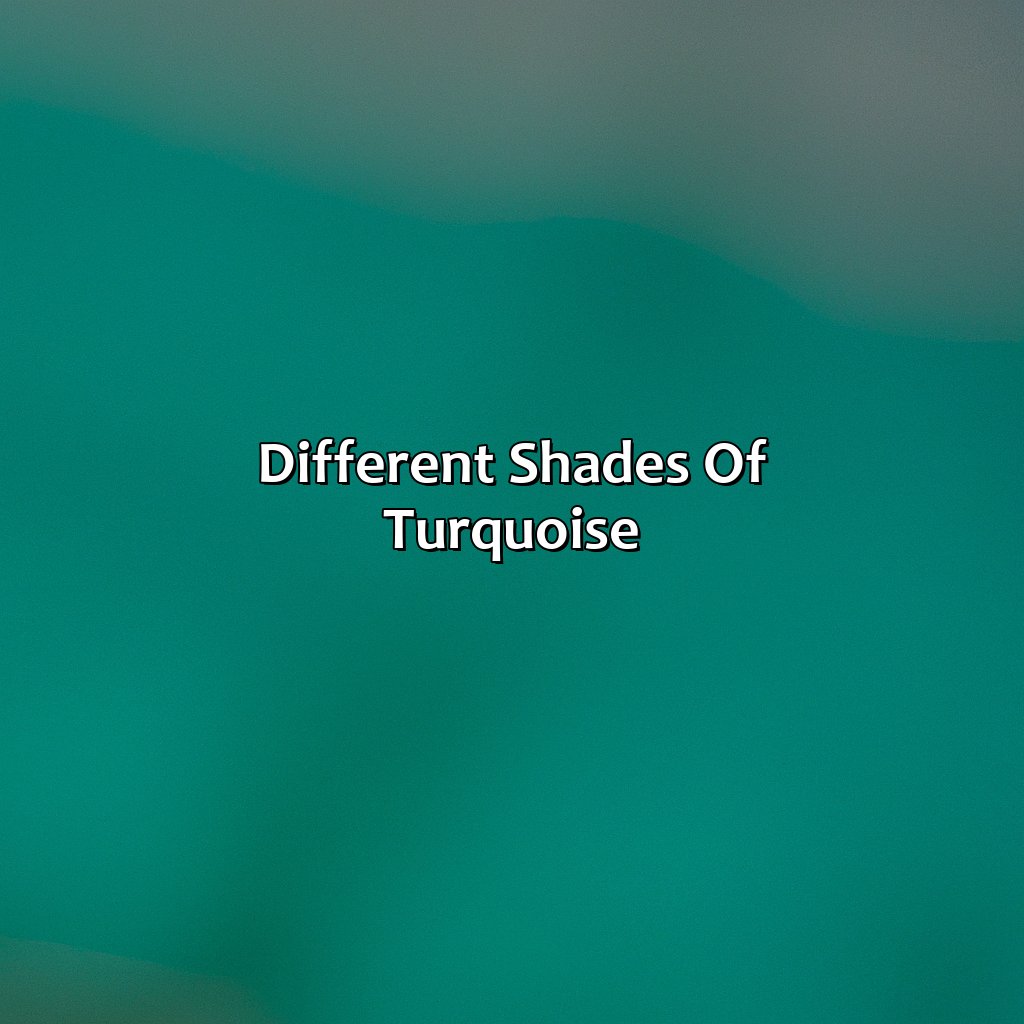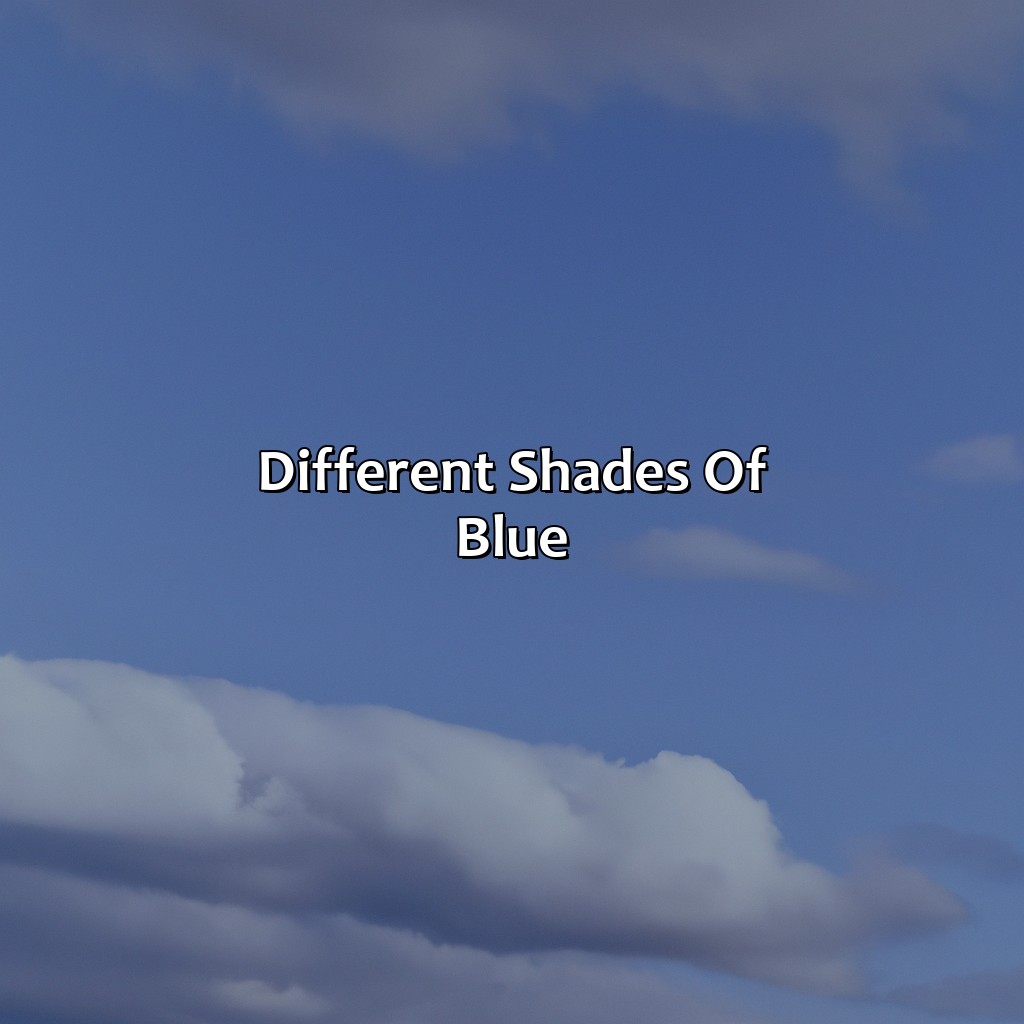Key Takeaway:
- Green paint colors offer a wide array of options to choose from. With a quick overview of the green paint color spectrum, one can find different shades suitable for their taste.
- There are various shades of green paint to choose from, such as Lime Green, Olive Green, Forest Green, Sage Green, Mint Green, Seafoam Green, and Grass Green. Each shade provides a unique look to match the desired mood or setting.
- When choosing the right green paint color, consider the room’s lighting, match colors with decor, choose a mood that suits the room, test the paint color, and follow proper painting techniques with high-quality paint brushes and rollers to get the best possible results.
Overview of Green Paint Colors

Photo Credits: colorscombo.com by Daniel Anderson
Green Paint Colors: A Comprehensive Guide
Green paint colors have a diverse range, from the refreshingly energetic bright green to the calming muted sage green. This overview introduces you to the various shades of green, its undertones, and their relation to color schemes.
Each shade of green has varying undertones of blue, yellow, or black, which influence its overall appearance. For instance, a green with blue undertones creates a cooler, more subdued effect, whereas a green with yellow undertones creates a warmer and brighter effect. Understanding the undertones helps you create a consistent color scheme throughout your space.
In addition to the widely known shades of green, such as olive green and seafoam green, there are unique variations, including lime green and forest green. These less commonly used greens can be used to add vibrancy and visual interest to a room.
To enhance the impact of a green paint color, create a contrast with complementary colors such as red, pink, or purple. You can also create a calming effect by pairing green with neutrals such as beige or white. By understanding the color theory and experimenting with different combinations, you can create a visually appealing space that reflects your personal style.
Different Shades of Green Paint

Photo Credits: colorscombo.com by Stephen Williams
Explore the vast range of green paint shades! To add fun and vibrancy, try Lime Green. For an earthy tone, go with Olive Green. Nature indoors? Forest Green is the one! Create a soothing ambience with Sage Green. Mint Green or Seafoam Green for a lively space. Go classic and timeless with Grass Green.
Lime Green
The vibrant and refreshing hue of citrus fruits could be brought to your walls with lime green paint. The color is known for adding a zingy touch, making it an ideal choice for kitchen or dining areas. Lime green paint emanates positive energy, engages creativity, and adds a cheerful vibe that is perfect for busy family spaces.
The uniqueness of lime green paint lies in its mix of yellow and green pigments that have an equal balance, producing a bright yet soft color. Lime green paint pairs well with white, cream, beige, grey, blue-grey, navy blue, black, and browns. If complemented correctly with these colors’ shades within the rooms’ decor elements (furniture coverings and drapery), it can add just the right amount of punch or quiet giving off an elegant appearance.
Another versatile factor about selecting lime green paint is that it could be paired with different shades contrastingly while keeping the underlying theme in mind. For instance, pairing lighter greens such as mint-green or seafoam-green would give off a softer look. Mixing dark greens like olive green can create depth in the room along with the fun playful hues of lime-green.
Don’t miss out on exploring various color schemes you can develop by incorporating this lively shade into your home decor scheme!
Give your walls a taste of the Mediterranean with a dash of olive green paint.
Olive Green
This shade of green paint, often referred to as olive green paint, is a muted and earthy color with a subtle yellow undertone. It invokes feelings of calmness and relaxation and is commonly used in living spaces such as bedrooms or kitchens. Olive green paint has become increasingly popular in recent years due to its versatility, making it an excellent choice for both modern and traditional interiors. Its muted quality also allows it to be paired with various other colors, including beige tones and even bright pops of color.
One unique characteristic of olive green paint is that it can appear different depending on the lighting in the room. In natural light, it may appear slightly brighter and more vibrant than in artificial light. This difference should be considered when choosing the perfect shade for your space. Additionally, olive green paint can come in various finishes ranging from matte to glossy, allowing you to further customize your look.
A fun fact: Did you know that olive oil was commonly used as a paint thinner before turpentine became readily available? The ancient Greeks were known to mix pigments with olive oil for painting their homes and artwork!
Why settle for a regular green when you can have a forest on your walls with forest green paint?
Forest Green
A rich and earthy shade, this color of green derived its name from the lush forests that blanket the planet. Forest green paint is a versatile hue that can give your living space a natural look, complementing both traditional and modern environments. This particular shade evokes tranquility and harmony while evincing simplicity at the same time.
Forest green paint has a perfect balance between blue and yellow which makes it a warm and timeless color. With its deep tonality, it sums up to make it an excellent choice for interior walls to add richness to any room. It pairs well with other colors such as beige and cream giving out a cozy environment.
A sophisticated take on forest green paint is to try pairing it up with darker accent pieces for an ultra-luxurious vibe without having it too bold on the eyes. For instance, a matching chair or rug would be fantastic against forest green walls, especially if you’re going for an earthy decor aesthetic.
Picking forest green paint requires ultimate dedication due to its dark shade; one coat may never suffice. However, there’s no need to reach straight into picking multiple coats because two thin coats applied accurately are enough — it produces exceptional results that cover evenly while maintaining consistency across surfaces.
Pro Tip: When paired harmoniously with accent colors of furniture, different emotions emerge from forest green walls, making sure your interior reflects your personal style preference. Ultimately with the right knowledge in choosing contrasts; you’ll result in getting the right ambiance you need from Forest Green Paint.
Paint your walls sage green and you’ll feel one with nature, even if you’re stuck inside all day.
Sage Green
Green paint comes in various shades, including sage green paint, which is a soft and soothing color. Sage green has grayish undertones and works remarkably well with natural wood tones and whites. This shade of green is perfect for inducing calmness to any room.
Sage green paint has been the go-to option for people who are looking for a light and sophisticated look. Its versatility makes it ideal for different design styles ranging from classic to contemporary. When paired with silver or brass accents, it creates a luxurious atmosphere that exudes elegance.
For those who want to create an outdoor feel indoors, sage green paint can help achieve that seamlessly. By incorporating large windows and potted plants, this shade of green complements nature-inspired decor perfectly. Sage green wallpaper with botanical prints can also be used effectively in traditional settings.
One homeowner was looking to freshen up their living room while still keeping it cozy and inviting. They opted for sage green paint on three walls mixed with wooden furniture elements featuring earthy tones along with white trims around their windowsills. The result was an ultra-modern chic yet comfortable living space that featured beautiful pops of colors without being too overwhelming.
Sage green paint serves as an excellent base tone when adding accents or layers of contrasting colors to create a warm ambiance. Its subtler tone makes it easier to work alongside other hues without being overpowered by them.
If you want a paint color that’s fresh and invigorating, mint green is the way to go – just don’t try to brush your teeth with it.
Mint Green
A popular shade of green paint is mint green. It exudes a refreshing and calming vibe while adding a subtle pop of color to any room. Mint green paint works well as an accent wall or even as the main color in a smaller space.
The softness of mint green paint makes it ideal for bedrooms, bathrooms, or living areas where relaxation is key. Pairing it with white or light gray provides a clean and crisp look while pairing it with black or dark gray creates a stunning contrast.
Opt for a semi-gloss or satin finish when using mint green paint on walls. These finishes provide durability and make cleaning easier, especially in high-traffic areas.
Pro Tip: When accessorizing with mint green paint, consider using accents such as throw pillows, curtains, or rugs to tie the room together.
Why settle for a regular green when you can feel like a mermaid with seafoam green paint?
Seafoam Green
One of the most popular shades of green paint is seafoam green. This color has a soothing effect and brings a touch of tranquility to any room. Seafoam green paint has a blue undertone that gives it a unique look, making it ideal for bathrooms, bedrooms, and living rooms.
Unlike its brighter counterparts like lime or grass green, seafoam green is a soft pastel hue that creates an airy and calming atmosphere. It pairs well with white furniture and accessories for a fresh look. Additionally, adding gold accents to seafoam green walls can create an elegant and sophisticated vibe.
When painting your walls with seafoam green paint, don’t forget to prep the surface first by cleaning and sanding down any bumps. Apply at least two coats of paint using high-quality brushes or rollers for a smooth finish. Wait for sufficient drying time before adding any furniture back into the room.
Don’t miss out on the opportunity to incorporate this tranquil shade into your home decor. Consider seafoam green paint when choosing your next wall color for an inviting and serene space.
If grass is always greener on the other side, why not paint your walls with Grass Green and be the envy of your neighbors?
Grass Green
A popular choice for nature-themed rooms, Grass Green paint brings a fresh look to any space. This shade is not too dark or too light, making it an excellent option for a variety of design styles. Grass Green paint can create a sense of life and vitality in any room, and it pairs well with natural wood finishes.
To begin painting with Grass Green paint, ensure that the surface is completely clean and dry before starting. Use high-quality brushes and rollers to ensure even application of the paint. When starting, apply a thin coat first and add multiple coats as needed to achieve the desired appearance.
A unique aspect of this shade is that it can be paired with nearly every color combination, from pale yellows to brighter blues. It also conveys a calming look that blends well with both modern and traditional decor styles.
Did you know? According to a recent study published by Room Color Psychology: How different hues affect your mental health, green shades are leading choices when it comes to creating a peaceful environment in any room.
Green paint is the perfect choice for any room, whether you’re looking to bring the outdoors in, or just want to feel like a moody forest nymph trapped indoors.
How to Choose the Right Green Paint Color
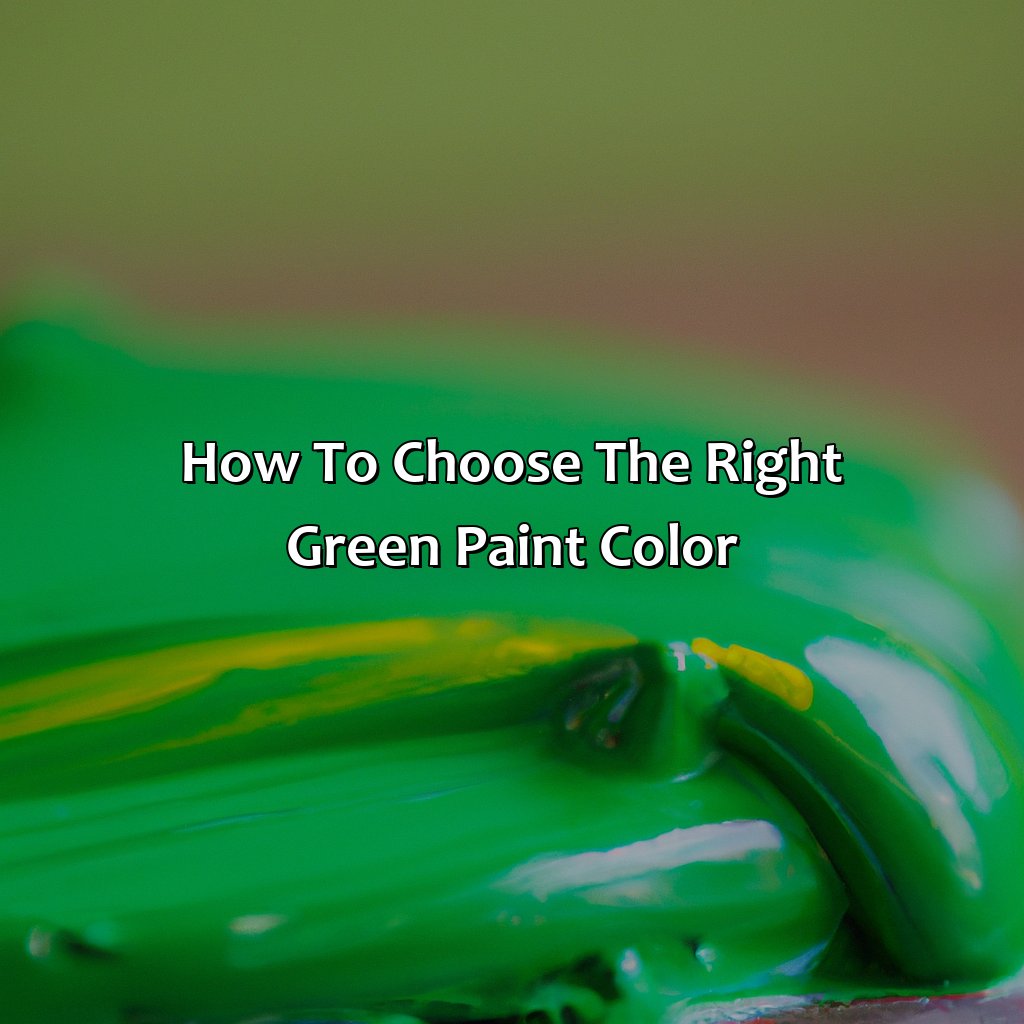
Photo Credits: colorscombo.com by Ralph Torres
Selecting the ideal green paint color for a room or exterior can be a challenge. Factors like lighting, atmosphere, and decor should all be taken into account. Test the paint to guarantee satisfaction. This guide will go into the details of picking the perfect green paint. Furthermore, it will explain how to match green paint tones and hues, as well as how to use green paint to make an eye-catching accent wall.
Consider the Room’s Lighting
Lighting plays an integral role in choosing the right shade of green paint for a room. The intensity, direction, and color temperature of light affect how the paint color appears. Proper lighting can amplify the intended look of the room.
To ensure you get the perfect shade of green, make sure to evaluate your room’s natural and artificial lighting sources. Observe how daylight changes throughout the day and how different types of lights appear on different surfaces and at various angles.
Moreover, consider placing paint samples in different areas of the room and see how they appear under different lighting conditions. This will help you to make a more informed decision before making a purchase.
It is essential not to rely solely on artificial lighting or only one source of illumination when painting a space with green accents. You must consider all aspects of light to achieve an optimal result.
Fun fact: Lighting heavily influenced Van Gogh’s use of color. His work is known for its distinctively bright greens!
Finding the perfect shade of green paint is like finding a soulmate for your decor.
Match Colors with Decor
Choosing the right shade of green paint can enhance the overall room decor. To match colors with decor, consider the existing furniture, curtains and accessories in the room. Choose a green paint with shades or hues that complement these elements. If you have an accent wall or statement piece, use green paint with hues that match it.
Another way to match colors with decor is to choose a shade of green that creates a specific mood. For example, mint green can create a calm and soothing atmosphere while grass green can add energy and vibrancy to a room.
Additionally, test the chosen shade by painting a small area on the wall before fully committing to it. Compare it to other elements in the room during different times of day and light conditions.
Green paint has been used for centuries as it signifies nature, growth and harmony. Ancient Egyptians used green paint in their murals while Europeans painted their doors green to symbolize wealth.
Green paint for your walls: because nothing says ‘calming oasis’ quite like the color of envy.
Choose a Mood
To set the right tone for your space, it’s essential to choose a particular mood for your chosen shade of green paint. Here are three key points to keep in mind:
- Consider the emotions you want to feel in the room- darker greens connote stability and calm, while brighter greens convey energy and liveliness.
- Think about how your chosen paint color will work with other elements in the room, such as furniture, art, and accessories.
- Choose a mood that is consistent with your desired aesthetic- whether you’re aiming for modern, traditional or eclectic style.
One often-overlooked aspect of selecting a green paint color is its psychological impact. Darker greens can promote feelings of relaxation and peace of mind, while lighter tones tend to stimulate creativity. By keeping these factors in mind when making your selection, you’ll be able to more effectively utilize green paint for accent walls.
It’s been shown that simply being exposed to green hues can improve one’s concentration levels and productivity. So if you’re looking for an effortless way to enhance any room’s ambiance while providing visual interest and necessary balance, consider incorporating some variation of green into your home decor scheme.
Before committing to a green paint color, make sure to put it to the test – because you don’t want to end up with a shade that screams ‘jolly green giant‘.
Test the Paint Color
To ensure that the chosen green paint color is perfect for your space, it’s essential to test the shade before fully committing. Applying a swatch of the paint to a small section of the wall allows you to see how it looks in different light conditions and with other colors and decor in the room. Testing also helps determine if additional coats are necessary.
One way to test green paint is by using sample cans from your local home improvement store. These cans typically come in smaller sizes, making them easier to apply and clean up. Sample cans also come with brushes or rollers, allowing you to get a feel for how the paint applies and looks on a larger scale.
Another option is to use paintable wallpaper samples. Apply the green paint to several sheets of wallpaper, hang them on different walls throughout the room, and observe how they look at various times of day under different lighting conditions.
When testing green paint colors, keep in mind that some shades may appear lighter or darker once applied to a large area like a wall. Additionally, it’s important to test paints on surfaces similar to those that will be painted in your space for more accurate results.
Testing green paints can be time-consuming but worth it when you find the perfect shade for your room.
Remember, the key to painting with green is to be green with envy for a flawless finish.
Tips for Painting with Green Paint

Photo Credits: colorscombo.com by Eugene Mitchell
Want to paint with green like a pro? Here’s what to do:
- Prep the surface.
- Use good-quality brushes and rollers.
- Apply green paint in multiple coats.
- Practice proper painting techniques.
- Allow plenty of drying time.
Follow these steps for great results!
Prepare the Surface
To ensure a smooth and even application of green paint, proper surface preparation is crucial. The correct preparation will also help to extend the life of the paint job.
- Start by removing any furniture or fixtures from the room.
- Cover the remaining floor with a drop cloth to protect it from spills and splatters.
- Clean the walls using a mild detergent solution or a TSP (tri-sodium phosphate) solution to remove dirt, grime, and grease. Rinse thoroughly and allow drying time before painting.
- Sand any rough surfaces or flaking paint using fine-grit sandpaper to create a smooth surface for the new coat of paint.
- Use painter’s tape to mask off areas that should not be painted, such as baseboards or trim.
It’s important to note that different surfaces require different preparation methods; for example, drywall requires different prep than wood or brick walls.
When preparing your surface for green paint, consider power washing external surfaces, sanding wooden elements down to bare wood before priming, or applying an oil-based primer first before painting on tougher surfaces like metal or plastics.
By taking your time with proper surface preparation, you’ll be rewarded with a flawless finish that’s exceptionally durable.
You can’t expect a masterpiece with cheap brushes and rollers – invest in quality for a smooth finish.
Use High-Quality Paint Brushes and Rollers
Quality paint brushes and rollers play a crucial role in achieving desirable results while painting. Selecting the right ones can benefit not only the final look but also the painting experience.
Here’s a simple 3-step guide to using high-quality paint brushes and rollers:
- Choose quality over price – invest in good quality paint brushes and rollers that will last longer and provide better coverage, rather than settling for cheaper options that will not give desired results.
- Consider the type of paint being used – different types of paints work best with specific brush or roller fibers, so it is essential to have the right equipment for the job.
- Take care of your brushes and rollers – after every use, ensure they are cleaned thoroughly to remove any remaining paint and stored appropriately in good condition. Proper maintenance will extend their lifespan.
Using quality tools like paint brushes and rollers ensures a smoother, easier painting process with professional-looking results. However, always keep an eye on unique details tailored specifically to individual painting projects’ requirements.
It is noteworthy that investing in high-quality brushes might save you money down the line as you won’t need to spend more on replacing them too quickly.
Applying multiple coats of green paint may seem tedious, but it’s worth it for that perfect, vibrant shade.
Apply Multiple Coats
Applying multiple coats of paint is essential in achieving a seamless and durable finish when painting with green paint. It also helps to ensure complete coverage of the surface being painted.
To apply multiple coats of green paint, follow these steps:
- Allow sufficient drying time in between each coat.
- Sand the surface lightly after each coat before applying the next.
- Use long, even strokes to apply the paint, and avoid overloading brushes and rollers with too much paint.
- Apply additional coats until you achieve the desired opacity and finish.
- If necessary, touch up any spots after the final coat has dried completely.
To avoid disappointment or mistakes, it’s essential to remember that applying multiple coats can extend your painting time significantly. Even so, the benefits of doing so are significant.
There was a time when I needed to repaint my kitchen walls using green paint. I thought one coat would be enough. After it had dried, I realized with dismay that one coat hadn’t suffice because my efforts left streaks all over the wall. Following some online research and videos on how to fix such a mistake, I eventually learned about properly applying multiple coats. Not only did it give me better results, but it also ensured durability while adding value to my kitchen for years.
Proper painting techniques can make or break your green paint job, so brush up on your skills before diving in.
Use Proper Painting Techniques
Having the right skills and expertise to implement proper painting techniques is essential while using green paint. Here are some guidelines that will help you achieve a stunning result:
- Have the Correct Tools: Using high-quality brushes, rollers, and painting materials is crucial in producing a polished finish.
- Follow the Right Sequence: It is imperative to work from top to bottom. By doing this, you will avoid any unsightly marks or unevenness when applying your green paint.
- Blend Consistently: Mixing water with your paint will change its consistency. If you need an excellent blended look, use even pressure and overlapping strokes when applying green paint.
To master proper green painting techniques, maintaining cleanliness throughout the entire process is crucial. Remember to wear protective gear such as gloves and goggles to protect your safety.
Pro Tip: Before beginning any painting project, ensure that you have an ample amount of time set aside for it. Rushing might cause errors in the final outcome. Patience is key when painting with green paint – let the drying time do its thing and resist the urge to rush.
Allow Sufficient Drying Time
Here are three easy steps to make sure you allow sufficient drying time when painting with green paint:
- Check the manufacturer’s recommendations for drying time.
- Avoid touching or moving painted surfaces until they are completely dry.
- Wait at least 24 hours before applying a second coat or using the painted surface.
Green paint is a popular choice for interiors and exteriors. Allowing sufficient drying time is crucial to achieve a perfect finish and avoid any damage to the painted surface.
It is important to note that humidity, temperature, and ventilation can affect drying time. Therefore, it is essential to create an optimal environment by ensuring good air circulation and avoiding extreme temperatures.
While waiting for the paint to dry, use this opportunity to clean any tools that were used in painting and prepare for any additional coats if required.
To achieve a professional finish while painting with green paint, allow sufficient drying time, as rushing this process may lead to undesirable results.
Don’t risk ruining your freshly painted surface by not allowing enough time for it to dry properly. Wait patiently and take the necessary precautions mentioned above, resulting in perfect finished walls or surfaces.
Five Facts About Different Shades of Green Paint:
- ✅ Green is a versatile and calming color, commonly used in interior and exterior design. (Source: HGTV)
- ✅ There are countless shades of green paint, ranging from soft pastels to bold and vibrant hues. (Source: Better Homes & Gardens)
- ✅ Certain shades of green, such as sage and olive, have been known to reduce stress and promote relaxation. (Source: The Spruce)
- ✅ Green is often used in eco-friendly and sustainable building materials, as it represents natural elements and the environment. (Source: Green Building Advisor)
- ✅ The color green is often associated with nature, growth, and renewal. (Source: Psychology Today)
FAQs about Different Shades Of Green Paint
What are the different shades of green paint available?
There are several different shades of green paint available, ranging from light pastels to bold and dark tones. Some popular shades include seafoam, olive, sage, forest, emerald, and mint green.
How do I choose the right shade of green paint for my room?
When choosing the right shade of green paint, consider the amount of natural light that enters the room, the existing color scheme, and the overall mood you want to create. Lighter shades of green work well in smaller spaces, while darker greens add drama and sophistication to larger areas.
What are some popular color combinations with green paint?
Green paint pairs well with a variety of colors, including white, yellow, gray, blue, and pink. For a natural look, combine different shades of green with wood tones and neutral whites and grays.
What type of finish should I choose for my green paint?
The finish you choose for your green paint can have a big impact on the overall look of the room. Flat or matte finishes are best for hiding imperfections, while semi-gloss or high-gloss finishes add shine and are easier to clean.
What is the best way to apply green paint?
The best way to apply green paint depends on the surface you are painting. For walls, use a roller to distribute the paint evenly. For trim and other details, use a brush to ensure crisp lines and precise coverage.
What should I do if I want a custom shade of green paint?
If you want a custom shade of green paint, consider mixing different shades together or adding a tint to create a unique look. Alternatively, many paint stores offer color matching services to help you achieve the perfect shade.

